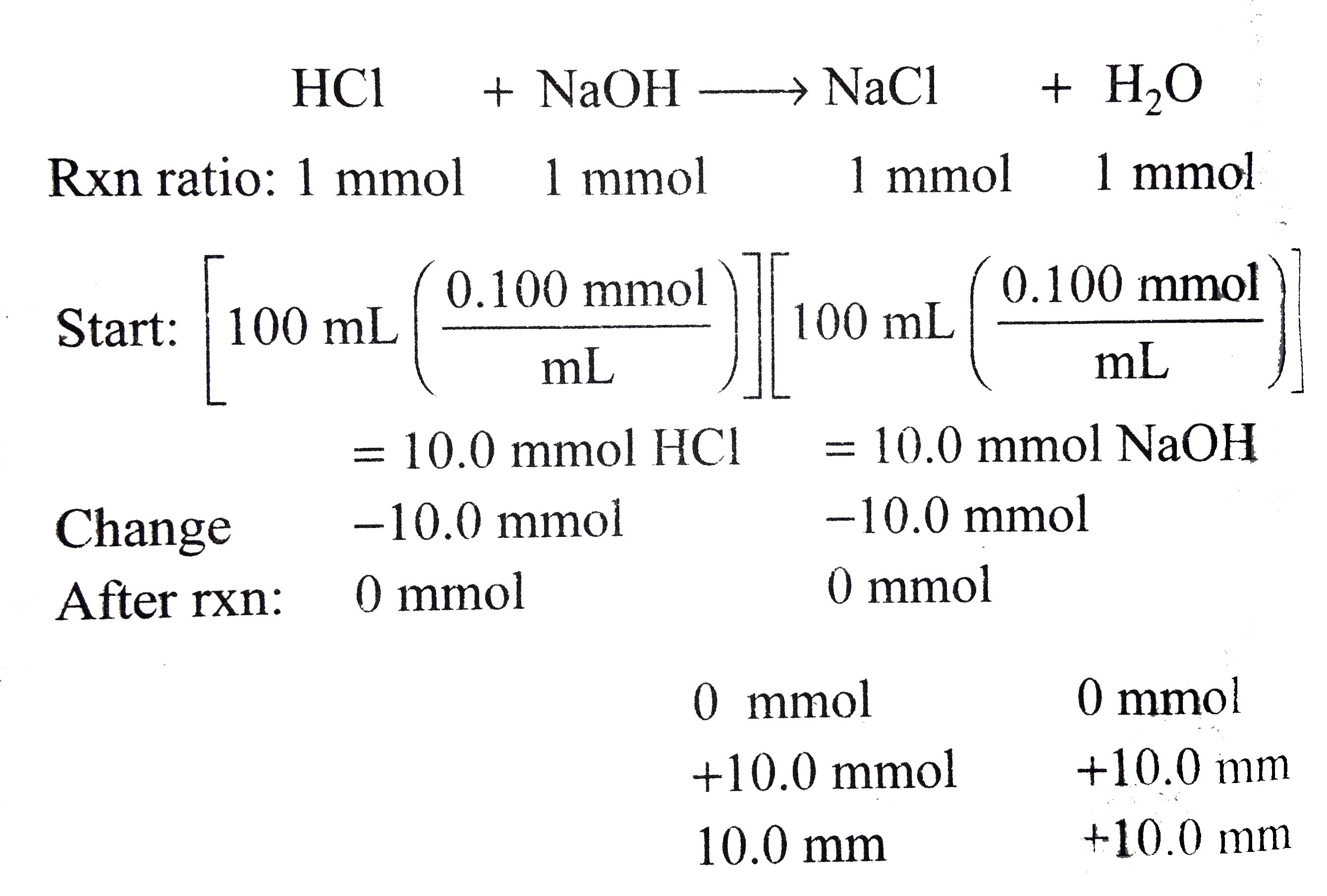A
B
C
D
Text Solution
Verified by Experts
The correct Answer is:
|
Topper's Solved these Questions
SOLUTIONS
R SHARMA|Exercise ARCHIVES|42 VideosView PlaylistSOLUTIONS
R SHARMA|Exercise FOLLOW-UP TEST 13|11 VideosView PlaylistSOLID STATE
R SHARMA|Exercise Archives|28 VideosView PlaylistSTEREOCHEMISTRY
R SHARMA|Exercise Archives|17 VideosView Playlist
Similar Questions
Explore conceptually related problems
Knowledge Check
Similar Questions
Explore conceptually related problems
R SHARMA-SOLUTIONS-QUESTION BANK (Building the knowledge)
- Which of the following alcohols is not is not miscible in water?
04:43
|
Play - The normal procedure for obtaining crystals of many compounds is to us...
02:22
|
Play - If 100 mL of 0.100 M HCl solution and 100 mL of 0.100 M NaOH are mixed...
04:37
|
Playing Now - Molarity of K^(+) ions in 0.33 M potassium sulphate aqueous solution i...
01:40
|
Play - In the laboratory we often measure the volume of one solution that is ...
02:49
|
Play - Solutions of accurately known concentrations are called
02:15
|
Play - A solution is 0.150 mole fraction glucose (C(6)H(12)O(6)) and 0.850 mo...
02:36
|
Play - When an aqueous solution containing a nonvolatile solute freezes,
03:24
|
Play - The main ingredient of automobile antifreeze mixtures is
02:25
|
Play - The vapor pressure of acetone at 20^(@)C is 185 torr. When 1.2 g of a ...
03:28
|
Play - Consider separate solutions of 0.500 M C(2)H(5)OH(aq),0.100 M Mg(3)(PO...
04:16
|
Play - A compound H(2)X with molar mass of 80 g is dissolved in a solvent hav...
02:40
|
Play - The molarity of a solution obtained by mixing 750 mL of 0.5 (M) HCl wi...
02:02
|
Play - The degree of dissociation (alpha) of a weak electrolyte, A(x)B(y) is ...
02:26
|
Play - Ethylene glycol is used as an antifreeze in a cold cliamate Mass of et...
04:04
|
Play - The vapour pressure of water at 20^(@) is 17.5 mmHg. If 18 g of glucos...
02:14
|
Play - At 80^@C, the vapour pressure of pure liquid A is 520 mm Hg and that o...
02:31
|
Play - 25 mL of a solution of barium hydroxide on titration with 0.1 "molar" ...
02:36
|
Play - To neutralize completely 20 mL of 0.1M aqueous solution of phosphorus ...
01:45
|
Play - How many grams of a dibasic acid (mol. Mass 200) should be present in ...
02:36
|
Play
